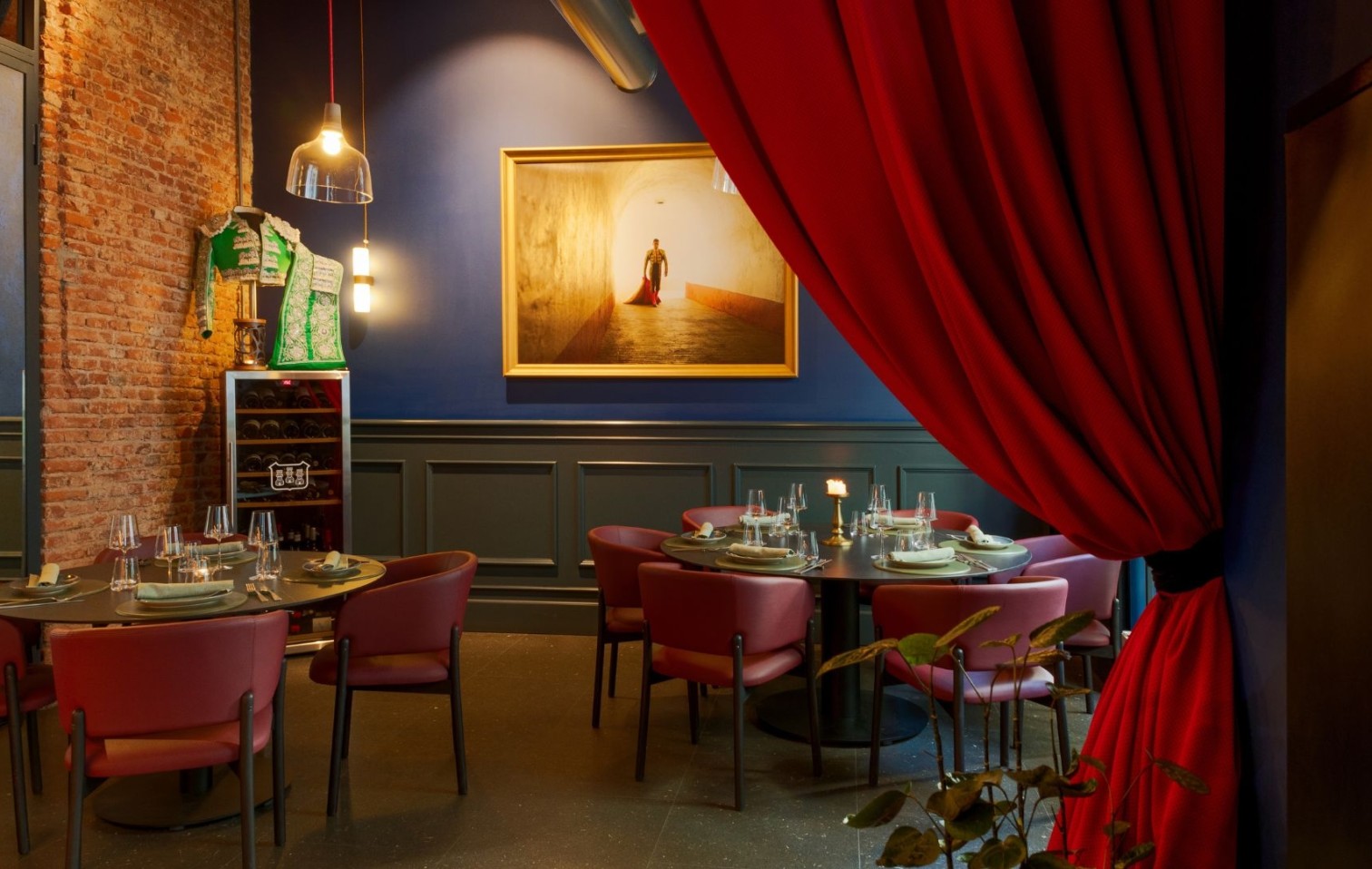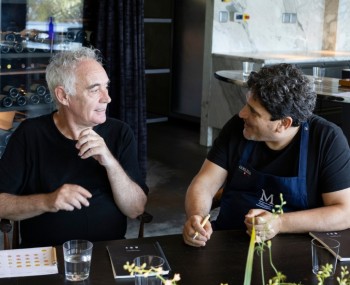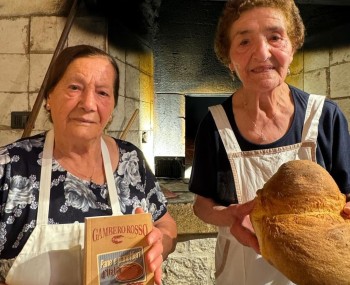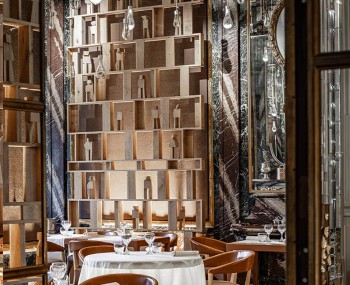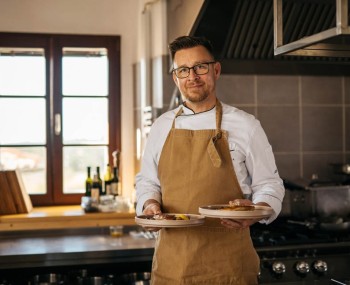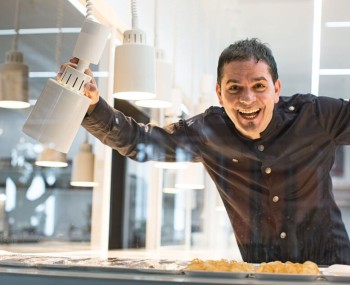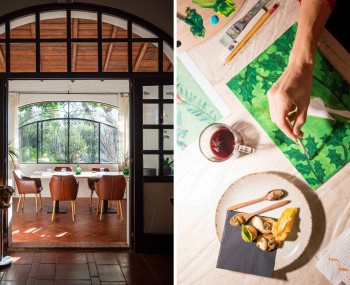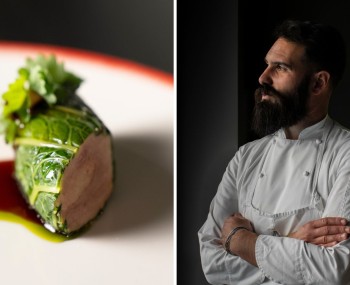Señorio Milano brings high-quality Iberian cuisine to the heart of Lombardy's culinary capital. Explore Italy's first truly authentic Spanish restaurant.
A Patio Gastronómico Español where one can experience the essence of the Iberian spirit
Opened in September 2022, Señorío is not just one of the few Iberian cuisine restaurants in Milan (no more than twenty), but an unmissable destination for those who want to experience a total immersion in the charm of the Spanish soul. Without venturing too far from the heart of the Lombard capital and avoiding the typical stereotypes, Señorío offers a unique opportunity to explore the allure of the Spanish spirit.

Indeed, the venue was conceived as an experiential space, inviting guests to embark on a multisensory journey into the most authentic Spanish culture. It serves as a true "Patio Gastronómico Español," where the pleasure of the palate is enhanced by a clear perception of that corazón (heart) expressed not only in the food but also in the warmth of hospitality, the vibrant colors that enliven the spaces, and the passion that animates the flamenco.

For all these reasons, just over a year into its existence, and marked by undercover inspections by the Restaurants from Spain commission, the restaurant has become the first in Italy to receive the title of Restaurante Autentico Español from the Spanish Government. This recognition is endorsed by ICEX España Importacion e Inversiones, in collaboration with authorities and professionals from various sectors, including the Ministry of Agriculture, the Spanish Wine Federation, and the Royal Academy of Gastronomy in Spain. These two prestigious accolades are awarded to honor ambassadors of authentic Spanish culture, tradition, and gastronomy on a global scale.
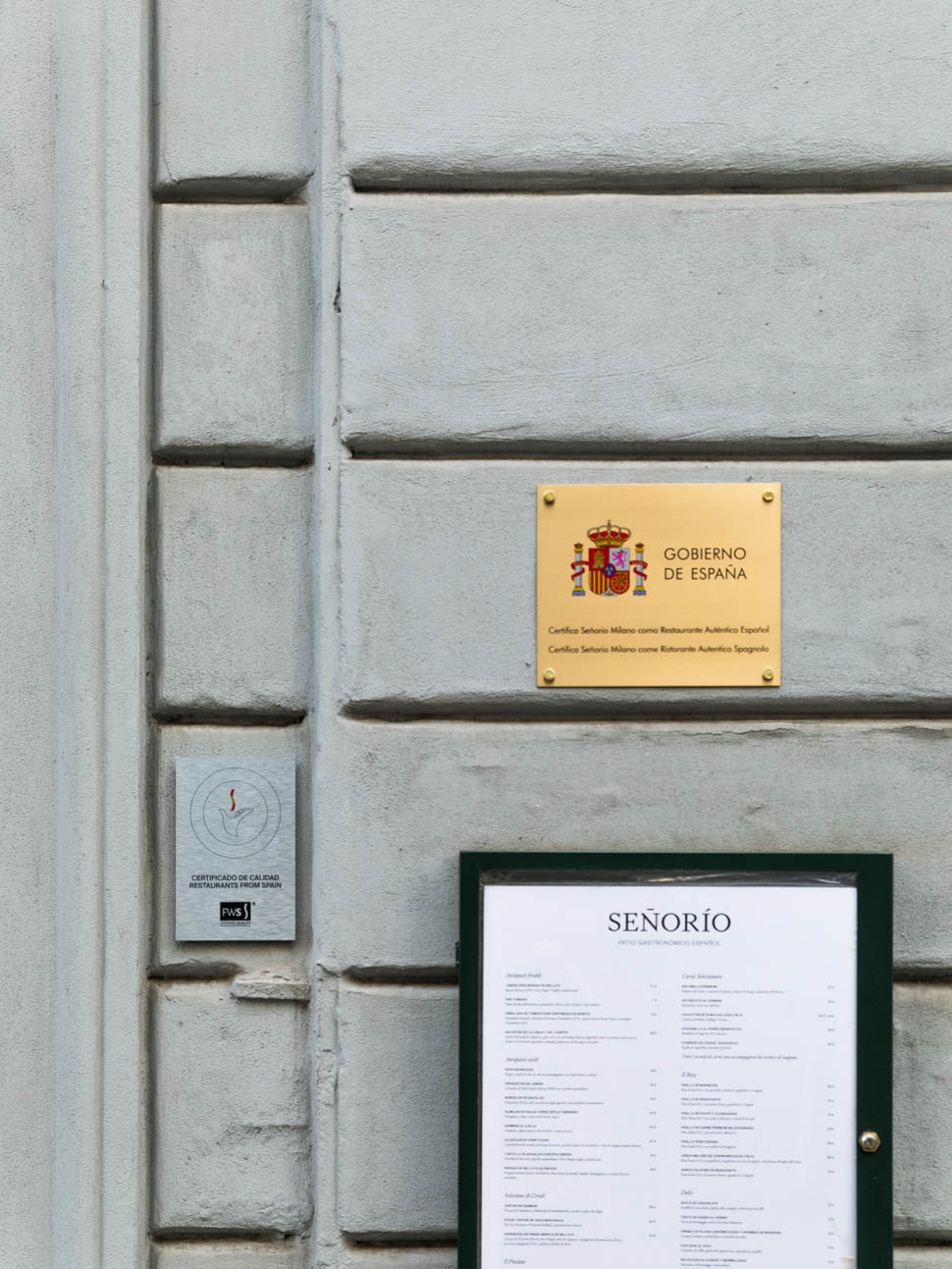
A venue where everything says "Spain"
An American Spanish Bar (and cervecería) with a rich selection of tapas and 180 types of international alcoholic beverages, a restaurant featuring 100% hecho en España (made in Spain) raw materials, and a wine cellar with 3650 bottles (including at least 300 indigenous varieties), Señorío is an eclectic, elegant, and refined establishment spanning 300 meters. Every aspect, from architecture to furnishings, embodies the most authentic essence of Spain without succumbing to folkloric stereotypes.
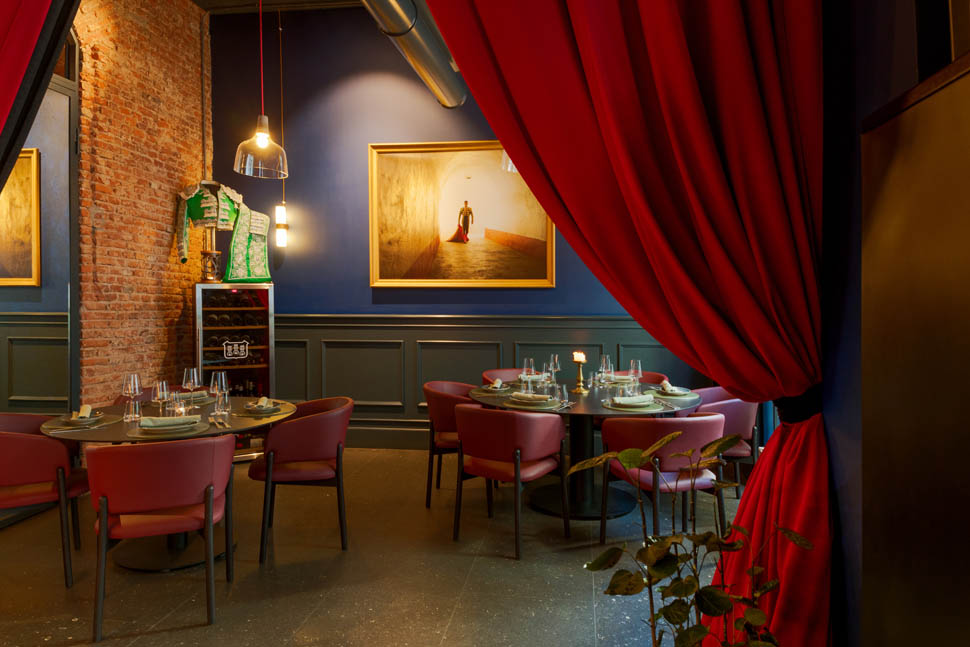
The project is characterized by a spatial arrangement that lends itself to hosting a variety of convivial occasions: from informal and relaxed moments, perhaps in groups, to intimate dinners or private events hosted in a secluded room. This room can be separated from the rest of the environment, if necessary, by a long red velvet curtain.
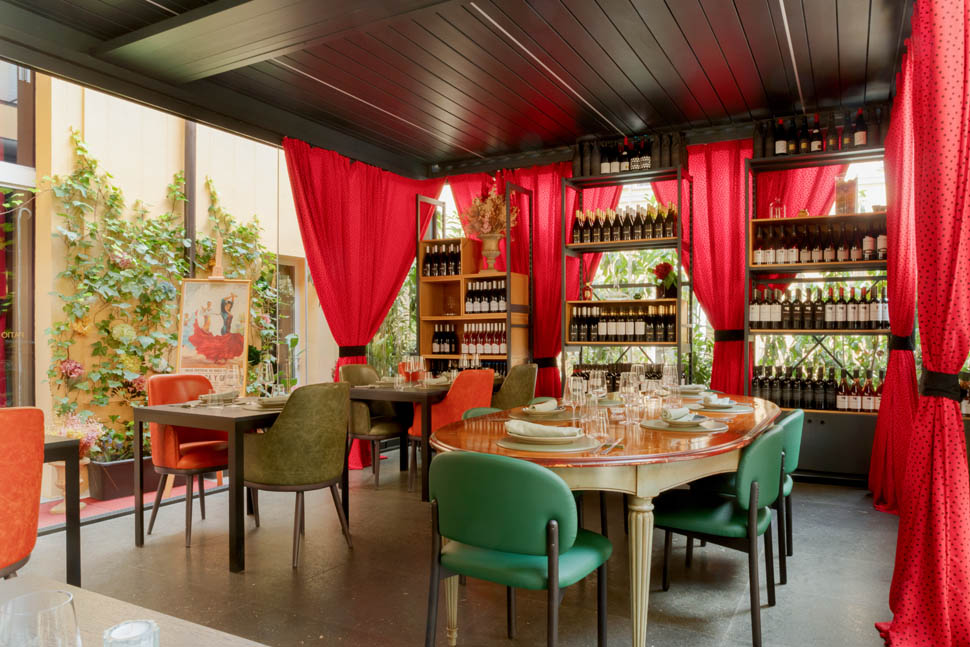
There's also an open space, thanks to the outdoor area overlooking the inner courtyard. During the summer, it is suitable for hosting special-themed evenings with live Flamenco performances and original Spanish music. This area connects directly to the Vinoteca, a spacious independent room housing a respectable wine cellar. It serves as a venue for wine tastings or Iberian specialty tastings alongside trusted suppliers, producers, and partners.
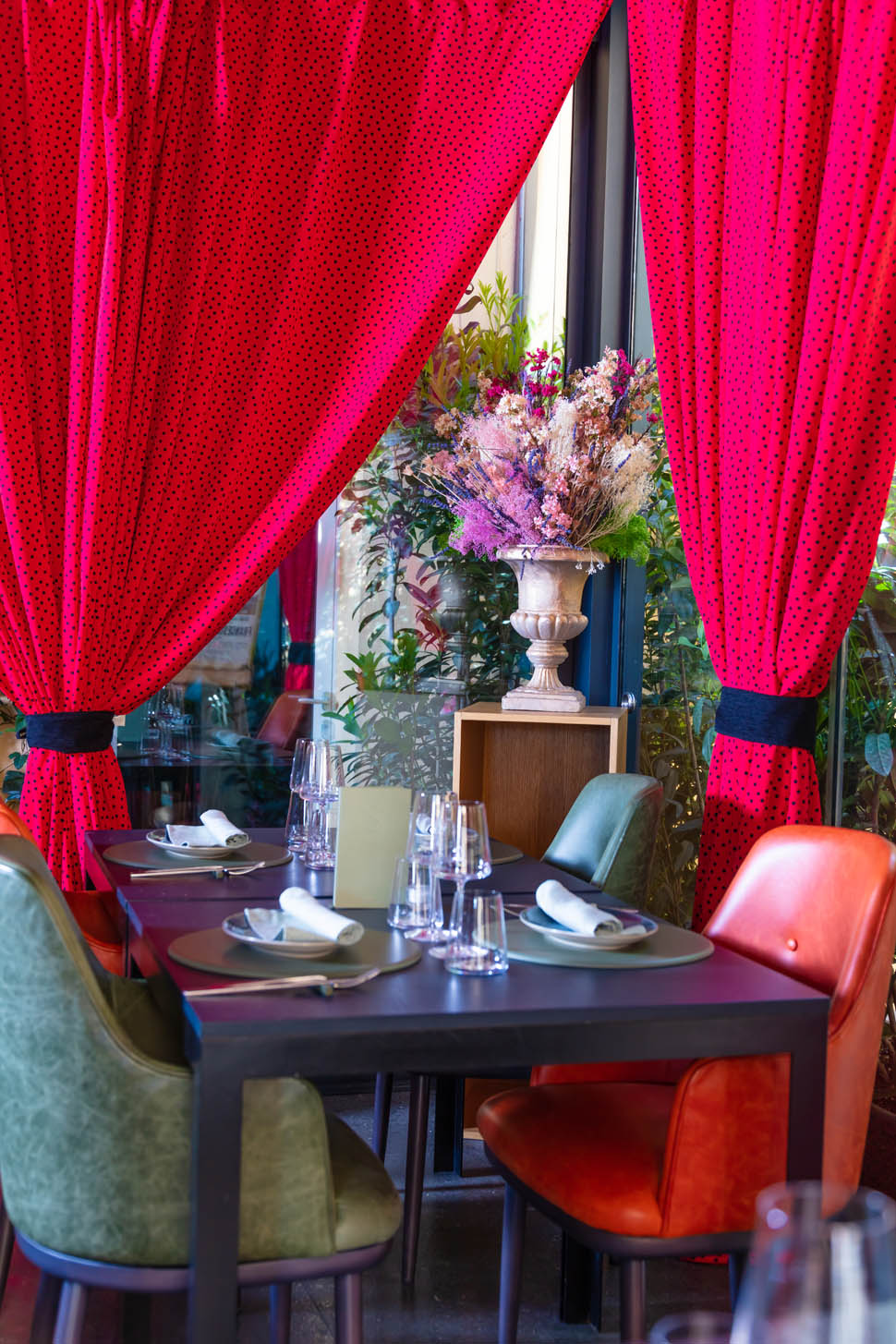
Everywhere, you are surrounded by elements carefully chosen from small productions, Iberian artists, and designers that evoke the most genuine essence of Spain: From vintage posters of the old Corrida game to works by the Catalan painter Antoni Tàpies and the Valencian artist Antoni Miró Bravo, to furnishings by well-known designers and light designers like Patricia Urquiola, Chris Basias, Valerio Sommella & Anonima Luci, and Noé Duchaufour Lawrence. The setting also includes Paco De Lucía's guitar, one of the most important Spanish composers and guitarists, and temporary exhibition pieces such as the "Traje de Luces" or "suit of lights," the traditional attire worn by the bullfighter Paquirri. Framing the space is furniture designed by the renowned Valencian studio Aranda Aloy Enblanc, with olive green, deep blue, and bordeaux tones that echo the vibrant color palette of folkloric venues in various regions of Spain while remaining perfectly in line with the expectations of contemporary Milanese taste.

The best of Iberian Production Transformed into Fine Dining
Among globally known recipes and others waiting to be discovered, Señorio's menu tells a rich, varied gastronomic tradition consistent with the climatic differences and biodiversity that characterize Spain. The menu, which changes every three months, features over 90 original designations of meat, fish, vegetables, and legumes. These are seasonally selected from the productive excellences of the Iberian Peninsula, hailing from various regions of the country. They are transformed into typical recipes reflecting both the spicy, fresh, and colorful cuisine of the south and the intense, flavorful, and slow-cooked dishes of the north.

The ingredients arrive fresh at the restaurant daily or weekly, and every small preparation, including meat marination and sauce preparation, is done in the kitchen. Since June 2023, the kitchen has been led by Chef David Arellano Hidalgo, a native of Seville born in 1993. He was awarded a Michelin star in 2018 and is also the heir to Martín Berasategui, the Spanish chef with the most Michelin stars in Spain (twelve in total) and the third-ranked chef globally. From Chef Martín Berasategui, Chef David inherited attention to detail, respect for raw materials, and a continuous pursuit of improving techniques to enhance them, incorporating a fusion of traditional and modern culinary trends.
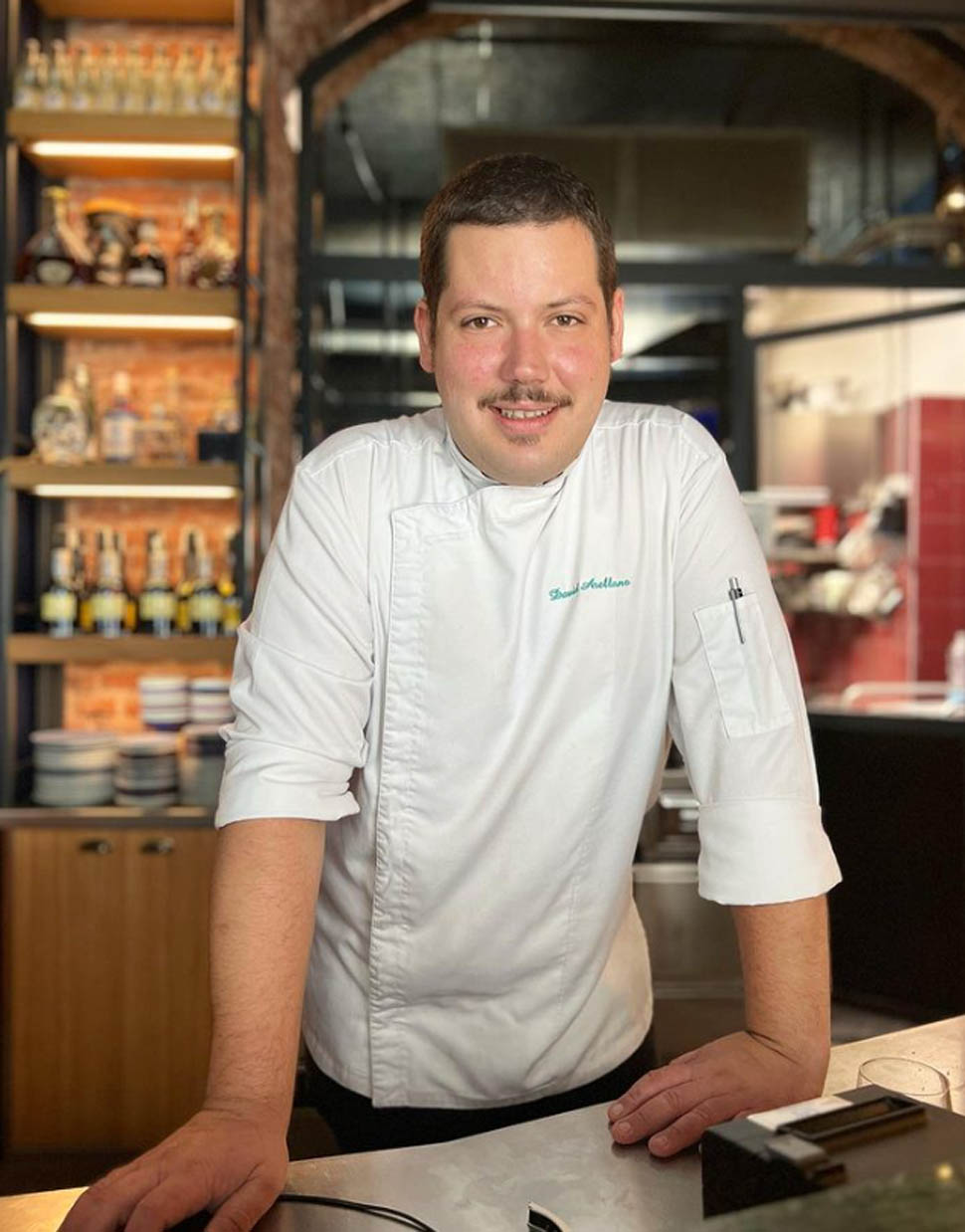
Behind the scenes at Señorio, every day Chef David Arellano Hidalgo evolves the most typical recipes of his homeland. Sometimes, he adds a touch of almost revolutionary creativity, deliberately elegant in forms and colors, but always respectful of their rich, enveloping, and sometimes opulent authenticity. The goal is to make both those familiar with Spanish cuisine and those discovering it for the first time at Señorio appreciate the true flavor of Iberian tradition. This is achieved through an original touch in ingredient selection, flavor balance, cooking techniques, and presentation, all while preserving the essence of Spanish cuisine. In fact, the elevation to fine dining serves the purpose of making original Spanish cuisine readable and enjoyable in every aspect.
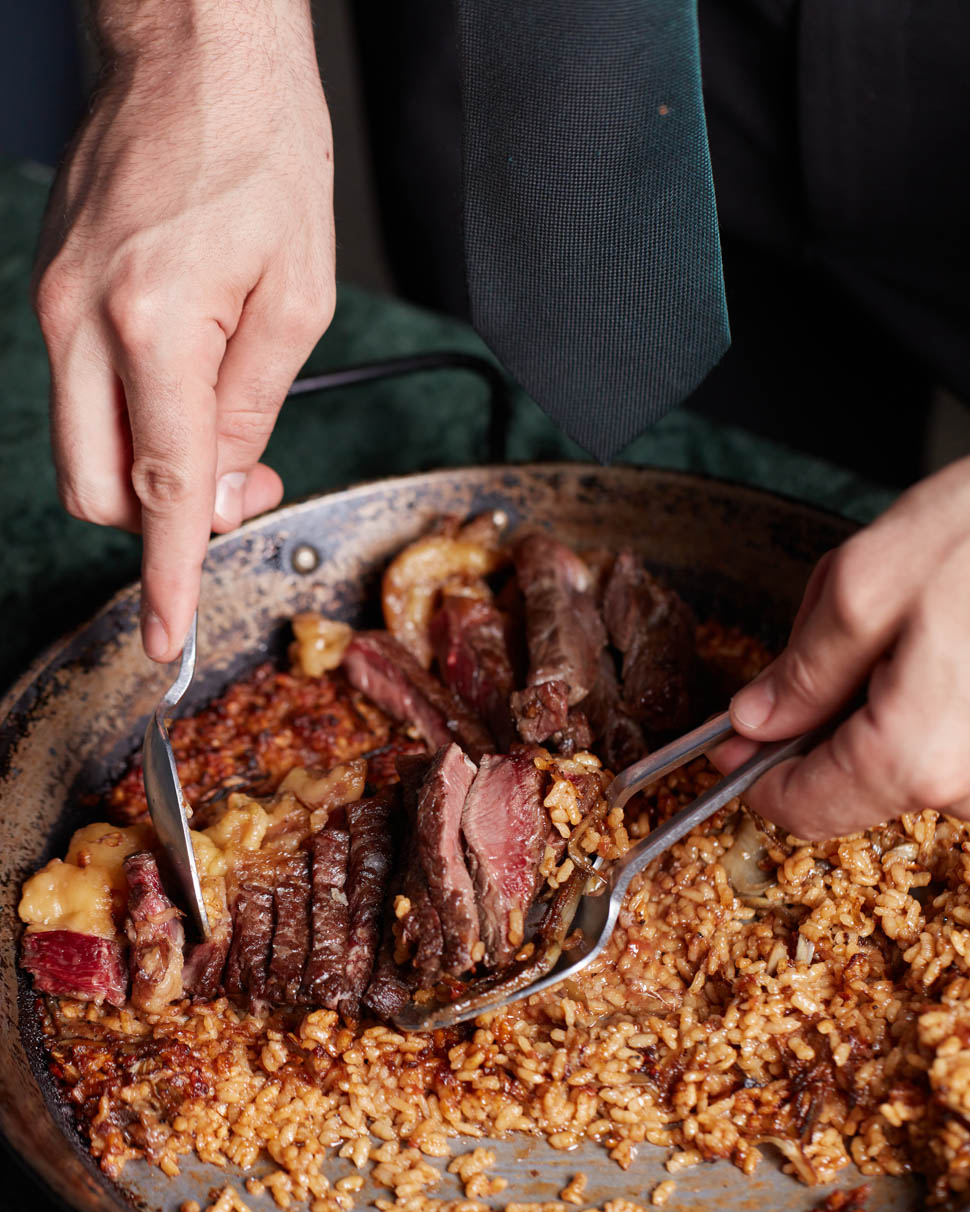
A gourmet journey among tapas, paella, meat and fish
Chef David guides customers through a culinary journey across the gastronomic regions of Spain with his "hybrid" gastronomic proposal. This journey unfolds in various stages, both geographical and metaphorical. It starts with an aperitif at the bar, and moves on to different varieties of paella (including a unique version with cuttlefish ink), the traditional dish meant for sharing. The journey continues with a wide selection of premium meats, all sourced from the renowned D.O. regions of Spain, famous for breeding and characterized by certified origin and production processes. These meats can be enjoyed raw or cooked in various ways, including CBT, grilling, and charcoal oven preparation.
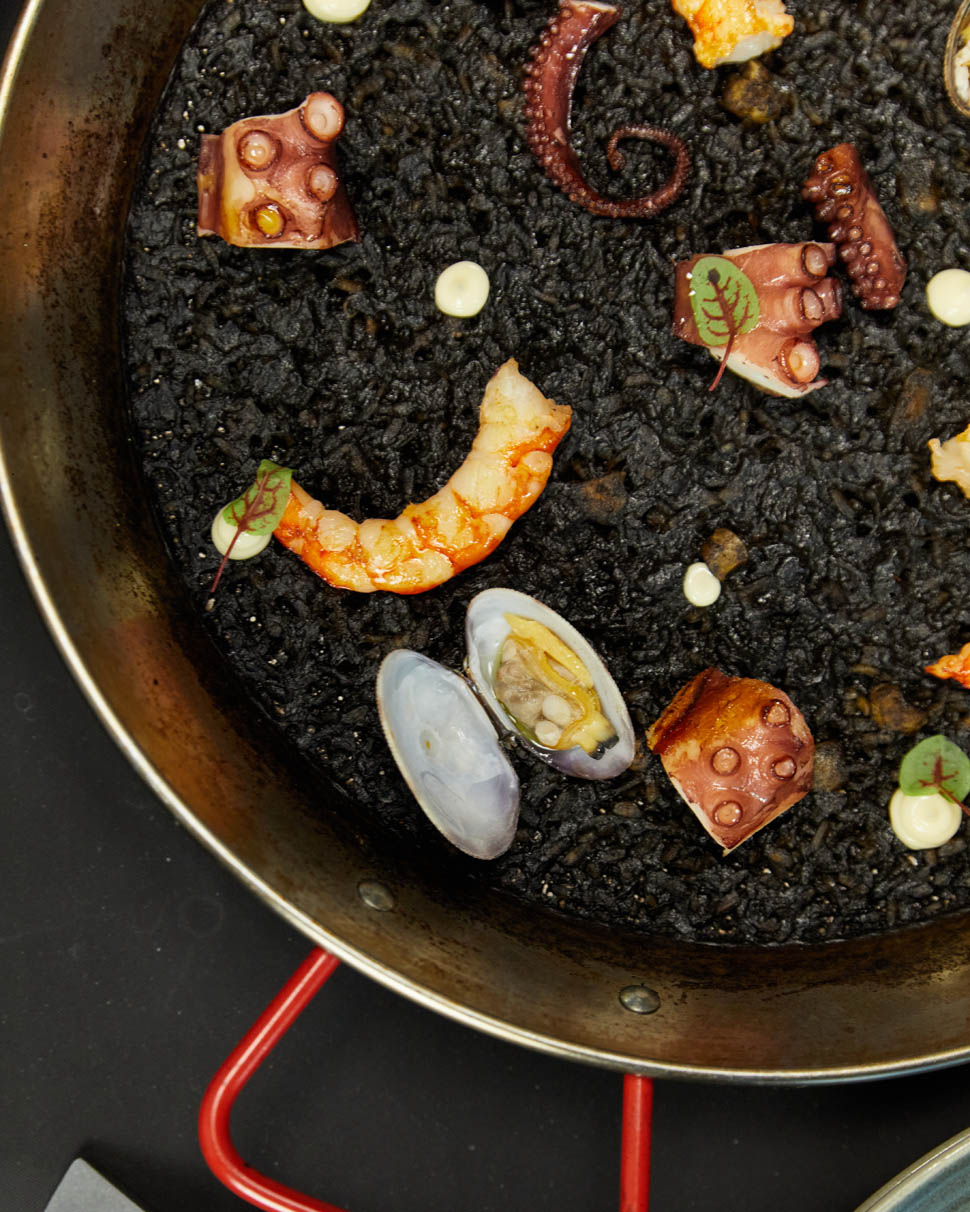
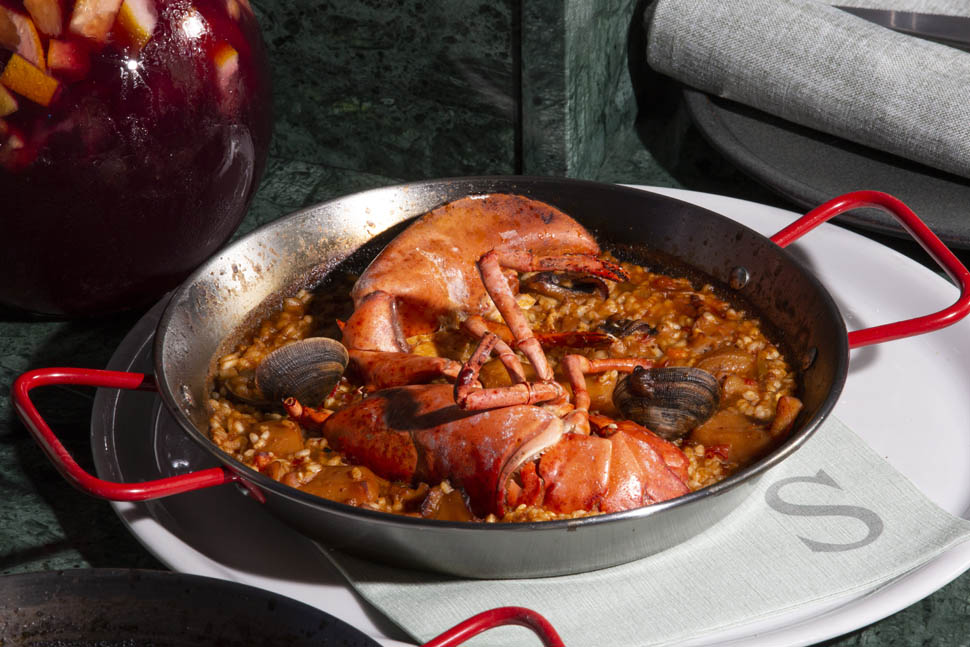
Among the premium meats, the Iberian Pig stands out, a purebred Pata Negra breed, raised freely and exclusively fed on acorns. Its meat is used to produce the finest Jamón Ibérico, which can be enjoyed in its pure form with a traditional cut, often served among cold appetizers. Additionally, more elaborate recipes are crafted from this meat, such as Croquetas de Jamón (a creamy dish made with 100% Iberian Pata Negra, caramelized onions), Papada de Bellota Glaseada (double chin of Iberian acorn-fed pork with pea cream, seasonal vegetables, and marinated egg yolk), and Carpaccio with caper buds, fried tomato vinaigrette, Spanish D.O. pecorino, and olive oil powder (made from Iberian "Presa" or "Pluma": the former is a specific, fatty cut found between the shoulder and the beginning of the loin, while the latter is a broad, triangular cut that belongs to the loin itself).
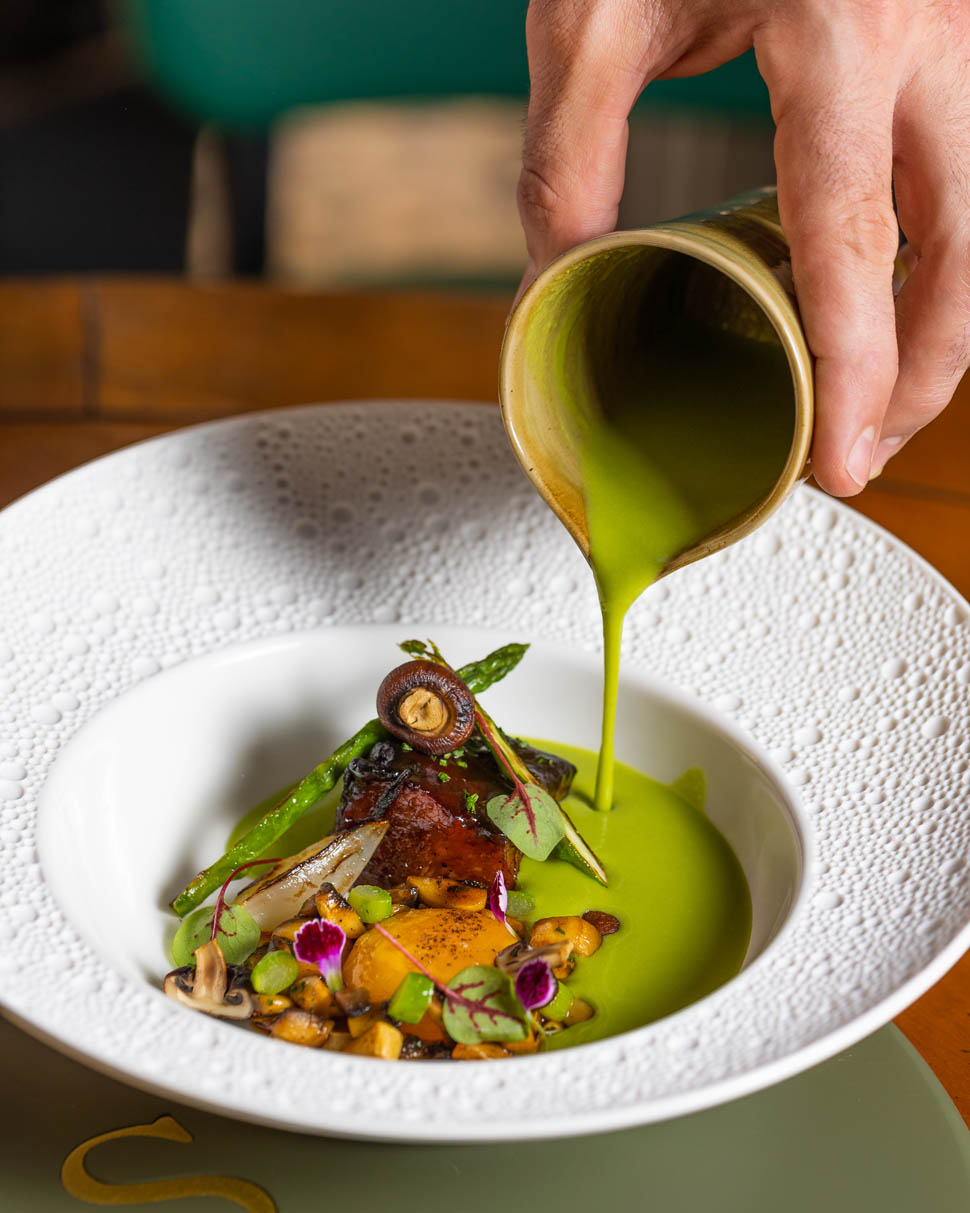
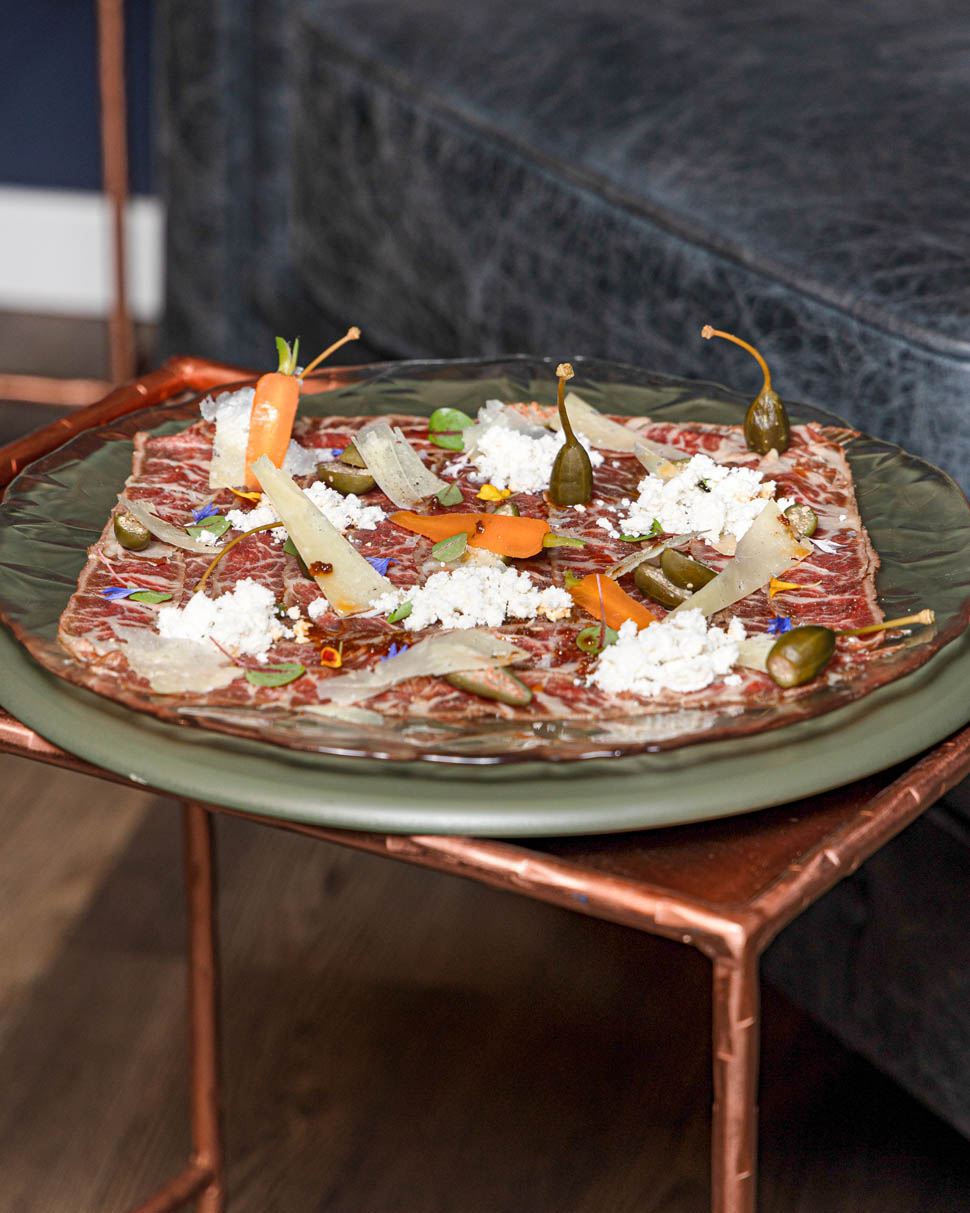
Following these, there's the Cochinillo de Segovia D.O. (one of the most symbolic dishes in Spanish gastronomy, featuring a prized suckling pig, lacquered and roasted according to a traditional recipe from the city of Segovia - not far from Madrid - tender and very delicate). Then comes the Cordero de Lechal Aragon D.O., the oven-baked shoulder of suckling lamb, with soft meat sourced from various varieties of sheep raised in the Aragon region, northeast of Spain between Madrid and Barcelona. The Vaca Rubia Gallega D.O. follows, a bovine species raised in Galicia, considered the most precious bovine variety in Spain. This meat, presented after a significant aging period, takes the form of chuletón (ribeye steak) grilled over open flames, offering not only tenderness and juiciness but also a distinctive flavor imparted by pastures rich in aromatic herbs like rosemary and thyme.
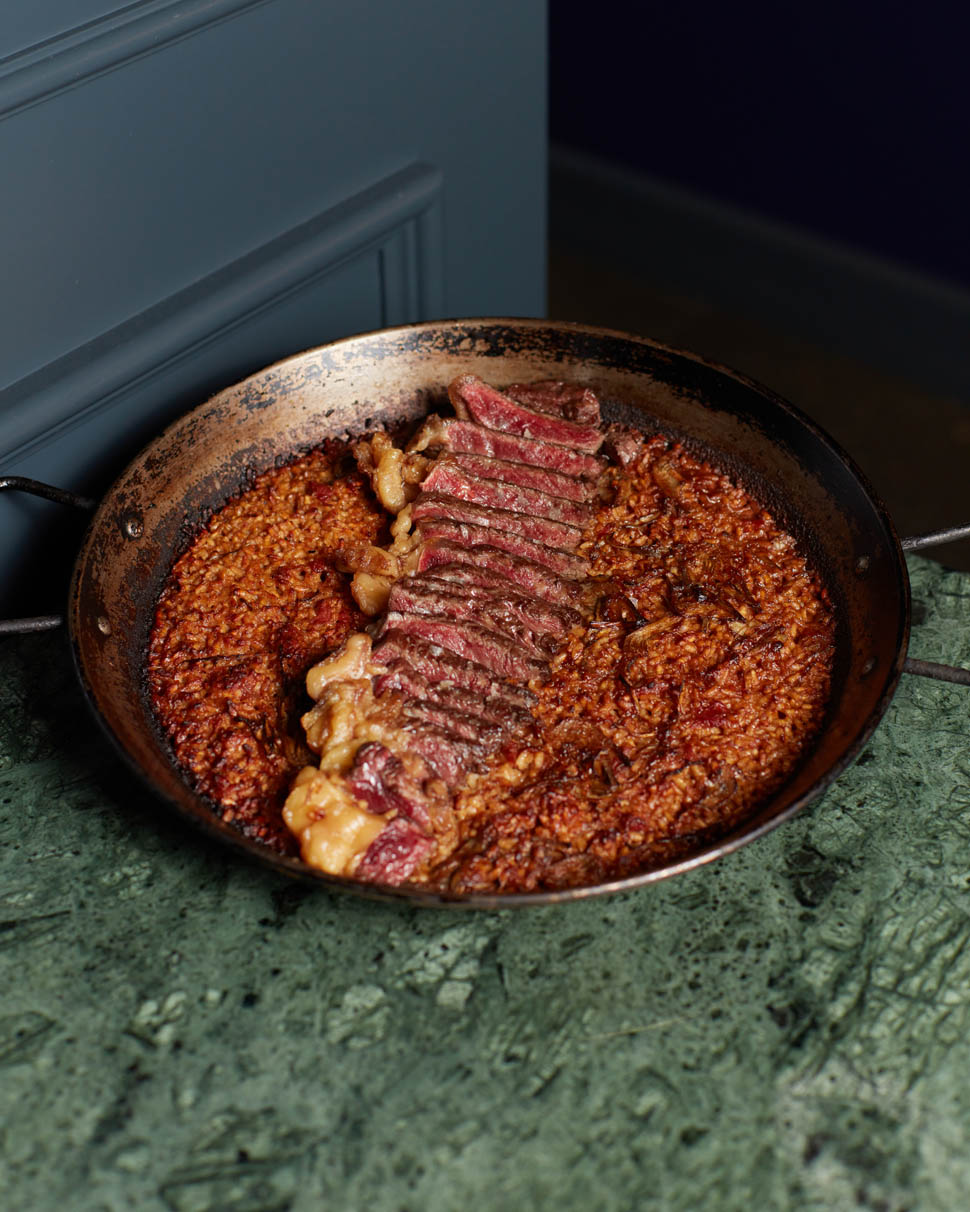
The seafood offering is also intriguing, extending throughout the entire menu (with a dedicated section for "pescato") and featuring a selection of dishes crafted from consistently fresh ingredients. These are sourced both from the Milanese fish market and the finest stalls in Galicia and other fishing-oriented places along the Cantabrian Sea and the Atlantic Ocean. The recipes, while varying from raw preparations to "alla brasa" (grilled), naturally include the classic paella, in the "de mariscos" version, as well as more sophisticated variations with lobster and shellfish, octopus and artichokes, cuttlefish ink, and a medley of seafood.

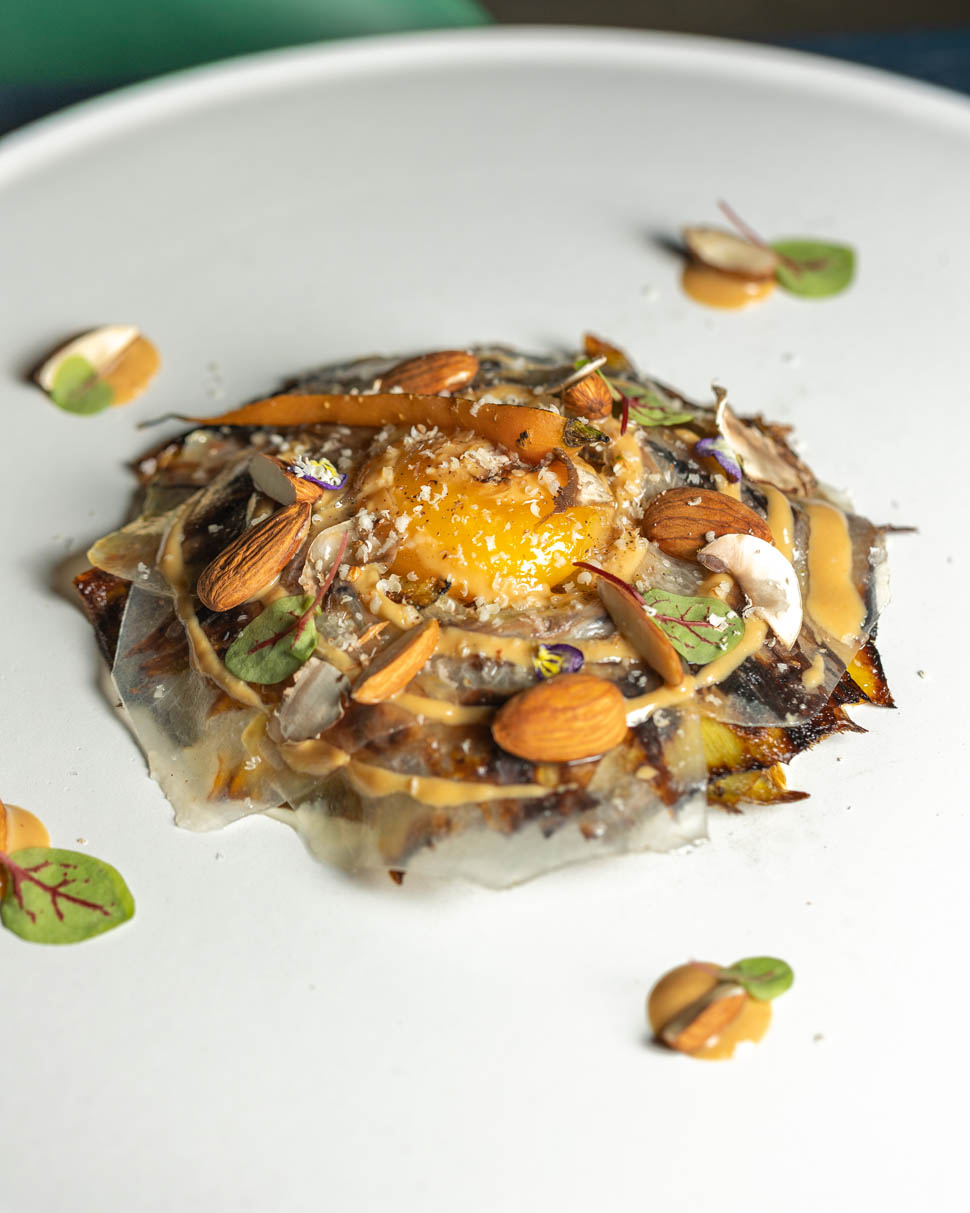
To conclude this culinary tribute to the Iberian Peninsula without stereotypes or generalizations, a list of desserts awaits, each specifically dedicated to a different city and originating from various regions of Spain. The offerings range from Basque Cheesecake to the "Santiago de Compostela" Cake, from Crema Catalana to Wind Fritters dedicated to the city of Valencia.

Beber: from the vinoteca to the wine list, a journey through 350 stages
The flagship of the restaurant is the Spanish D.O. Wine List, designed as a journey through the most important vineyards of the nation: over 350 labels from the best native denominations, offering a selection ranging from sparkling to intense reds and whites. This extensive collection is part of the 'Iberian wine library,' housed in the wine cellar, an oval-shaped room separate from the rest of the establishment, conceived as a private space where 3650 bottles are displayed.
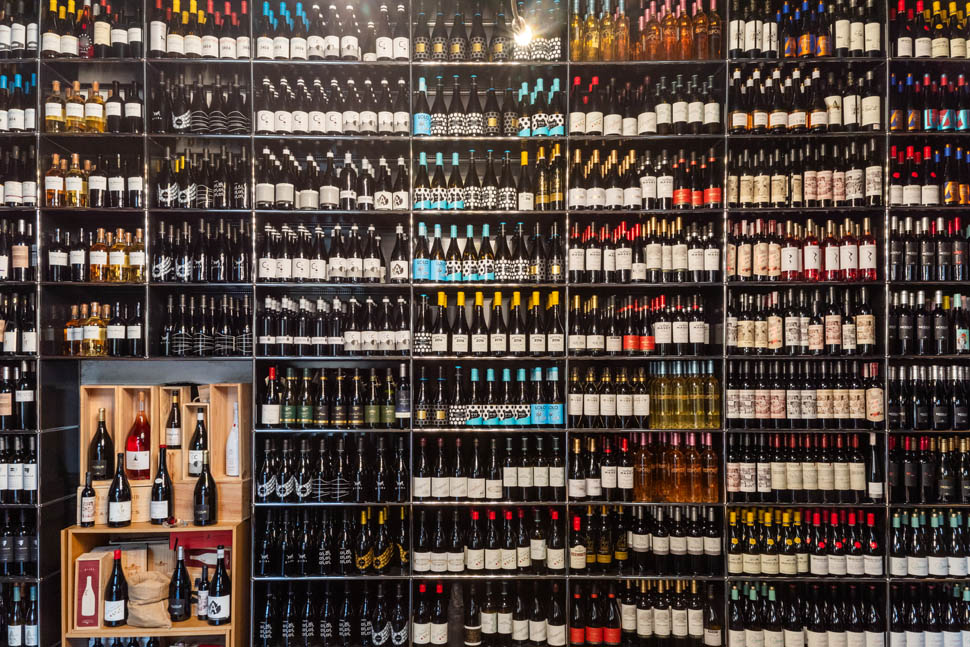
Of course, the beverage options also include beer (15 San Miguel selections to pair with the menu or enjoy during the aperitif), Sangria (prepared daily in both red and white variations, with fresh fruit and excellent wine), native spirits, and a cocktail list.
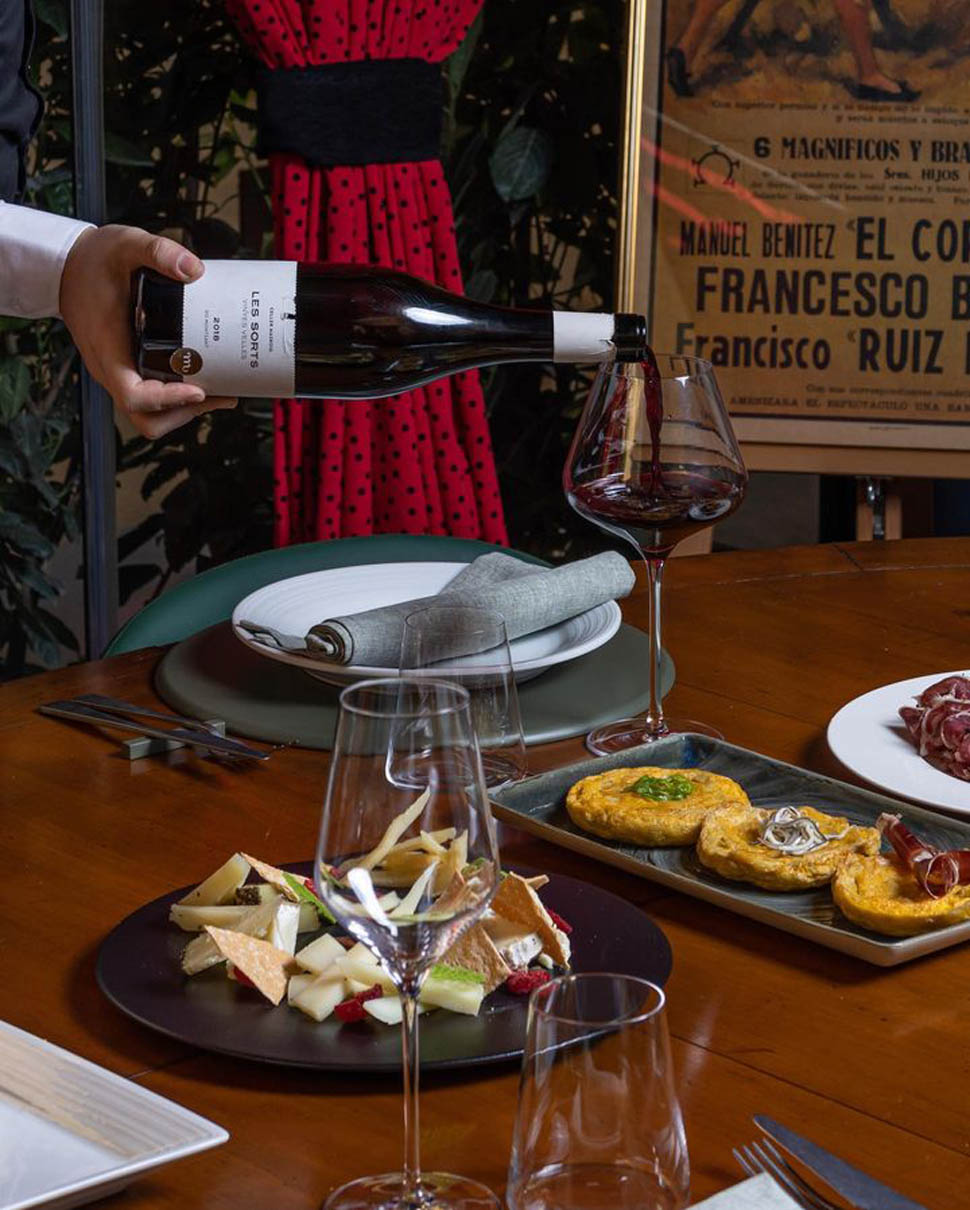
Authenticity in hospitality
At Señorio, what is deeply native and authentic is not only the food and wine offerings but also the staff (100% Spanish): those in the kitchen, capable of interpreting traditional recipes to perfection (and innovating them consciously), and those in the dining area, to whom (along with Director Ricardo Medina) is entrusted a welcoming, attentive, friendly, and caring service, as well as the explanation of dishes and the philosophy of the restaurant itself. A task that is renewed every day and makes no distinction between normal lunch or dinner service and the events (private, corporate, or open to the public) that the restaurant occasionally hosts, enriching its offerings with live music and flamenco shows.

Near future: an already established goal
Since its inauguration, Señorio's manifesto has been to become a unique place where cultural and culinary traditions, along with Spanish gastronomic excellences, could express themselves in all their nuances through fine dining and high-level service. The goal is to make it "colloquial," readable, and enjoyable for anyone in any convivial situation. Today, just over a year since its opening, the restaurant rightfully boasts the merit of having become a reference point not only for Italians and foreigners seeking an Iberian experience in Milan but also for Spaniards in the city defending their origins and wanting to rediscover the splendor of their homeland.
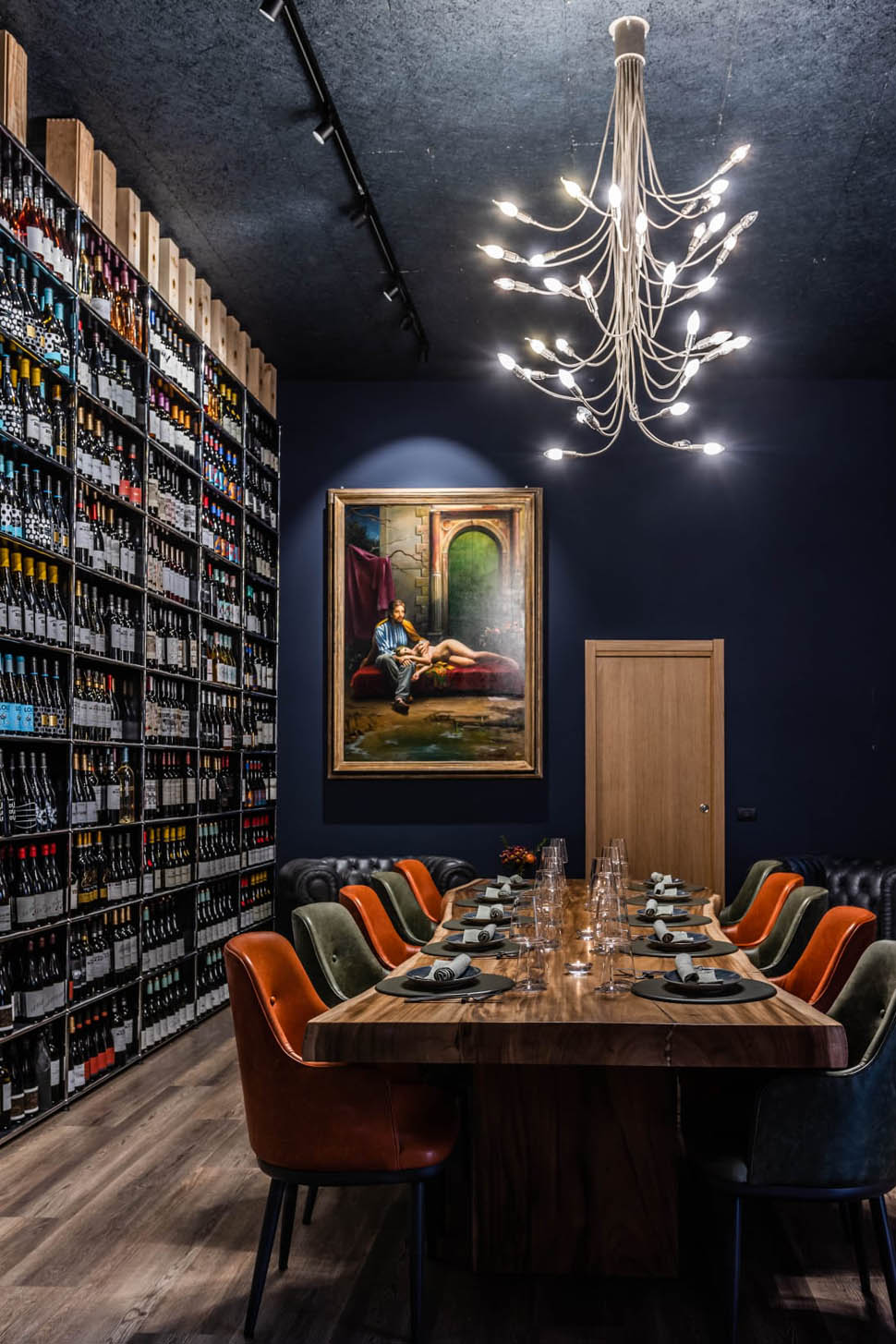
But this milestone, sealed by the recent recognition from the Spanish Government, has quickly turned into the starting point for a new project: in February 2024, right next to Señorio, Señorita will open, a spin-off of the restaurant designed in the format of a 'tapas bar and cervecería.' It aims to narrate and elevate the tradition of 'ir de tapas' or 'tapear,' which involves moving between bars and inns to taste typical 'samplings' of national dishes while enjoying a drink in good company. In short, it will be a new, more dynamic, 'young,' and informal way to savor the best of Spanish tradition, always characterized by exclusive quality and the unmistakable style of Señorio.
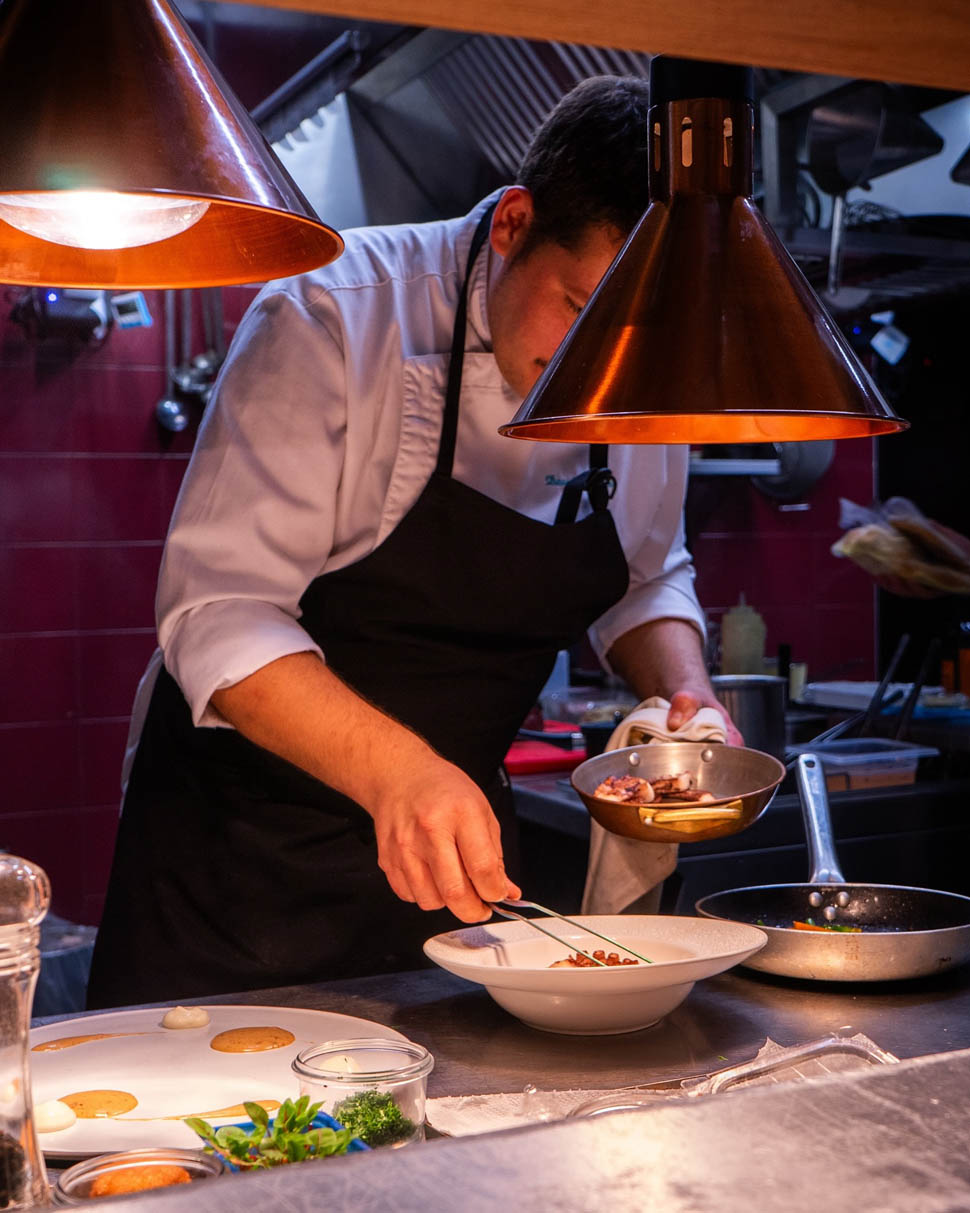
Contacts
Señorio
Via Bramante, 13- 20154 Milan
Phone: +39 02 3659 931 5 / +39 37 5634 7522
hola@senoriomilano.com
